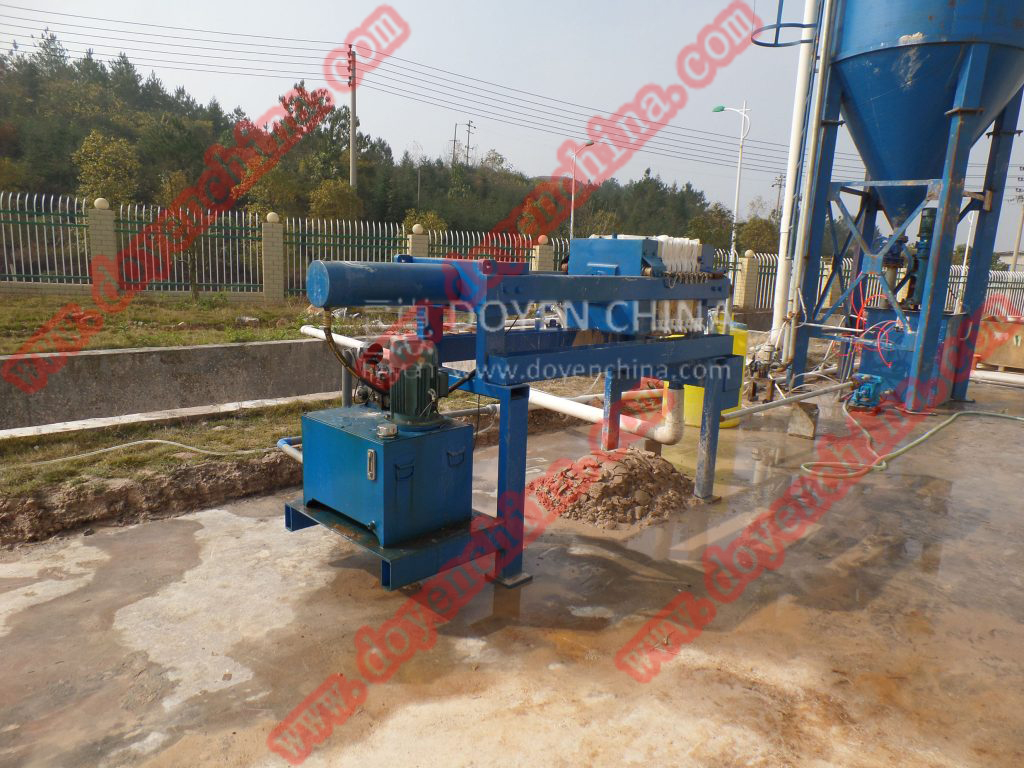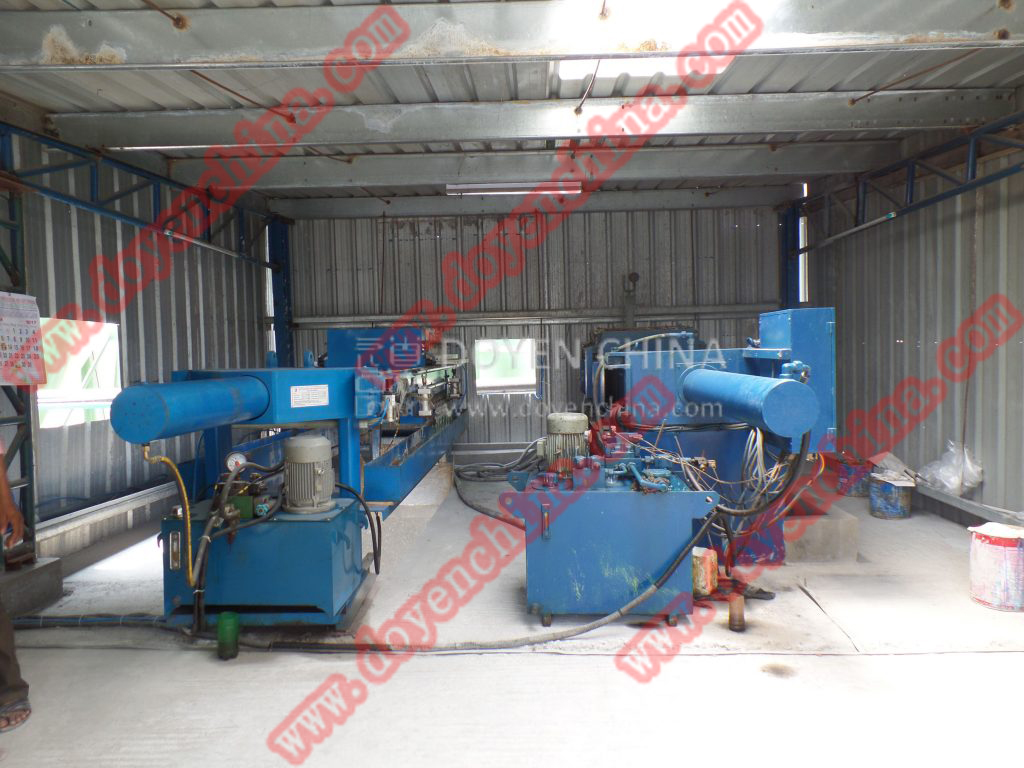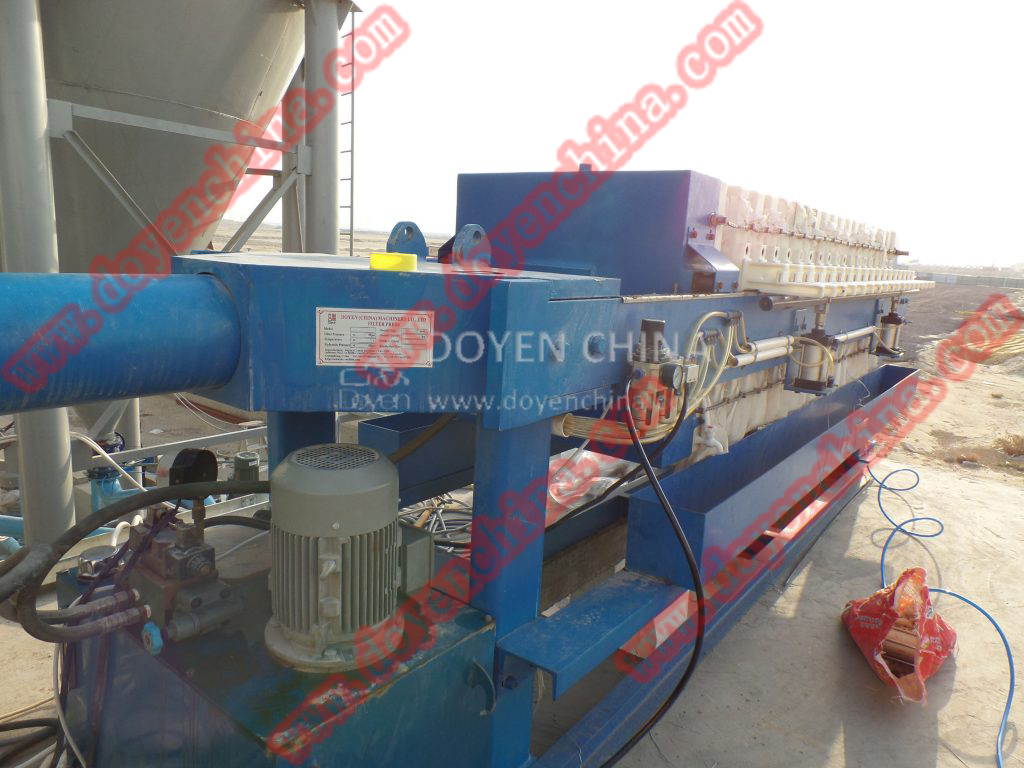

Tel:
+86-757-8633-0278
Email:doyen@doyenchina.com
Fax:+86-757-86287390
Address:Room 201, Building No. 24, Yicui Rose Garden, No. 2, Jihua 7 Road, Chancheng District, Foshan City, Guangdong Province, China 528000.
With the vigorous development of the printing and dyeing industry, my country has continuously increased its efforts in the treatment of printing and dyeing wastewater. After the supporting wastewater treatment plants of printing and dyeing enterprises are put into operation, a corresponding large amount of sludge is produced every day. The composition of the sludge produced is becoming increasingly complex. The usual treatment method for the large amount of sludge produced is to use a mechanical filter press to filter the water content of the sludge below 80% and then transport it out for final disposal by landfill, stacking, or dumping. Such disposal methods often cause secondary pollution to the natural environment, and there are serious environmental safety hazards.
The general goal of printing and dyeing sludge disposal is to ensure that the toxic and harmful components in the waste will not cause unacceptable harm to the human environment, whether present or in the future. A complete set of operation links such as stabilization and harmless disposal, as well as resource utilization and sales.
The basic requirement and purpose of printing and dyeing sludge treatment is to make the volume of sludge as small as possible to reduce the final disposal load. The purpose of the final disposal of sludge is to minimize the harm of sludge to the natural environment, make the sludge non-hazardous, and use resources on the premise of meeting the basic environmental requirements.
Before disposing of printing and dyeing sludge, the reduction treatment of printing and dyeing sludge can be carried out from two aspects: first, to reduce the amount of printing and dyeing sludge produced from the source; second, to reduce the amount of sludge after the sludge is produced Volume and contaminants in the sludge.
Source control is to start from water saving, emission reduction and recycling, improve water use efficiency, reduce sewage discharge, improve sludge treatment technology, and then reduce sludge production. Source reduction mainly relies on reducing the yield of microorganisms and using the internal respiration of microorganisms to carry out oxidative decomposition, etc., to minimize the amount of biosolids discharged from the entire sewage treatment system, so source reduction fundamentally realizes sludge reduction Decrease [3].

1 Source control of sludge production
The main measure to reduce printing and dyeing sludge is to choose a printing and dyeing wastewater treatment process that can reduce the discharge of printing and dyeing sludge. The main processes currently adopted are: (1) Membrane Bioreactor (MBR)-long sludge age operation does not affect the effluent water quality, thereby reducing the amount of remaining sludge; (2) Hydrolysis acidification process-the large molecules, difficult to degrade The organic matter is degraded into small molecular organic matter, and the suspended and colloidal organic matter is hydrolyzed into soluble matter, thereby increasing the proportion of dissolved organic matter and biodegradable organic matter in the sewage, and reducing the amount of remaining sludge; ⑶. Ozone method-in ozonation Most of the microorganisms in the activated sludge are killed or oxidized to organic matter under the action of, and these organic matter are degraded by the microorganisms after returning. According to research by Yasui et al., when the ozone dosage in the aeration tank is 10 mg/(gMLSS•d), the remaining sludge output can be reduced by 50%, and when it reaches 20 mg/(gMLSS•d), there is no residual pollution. Mud production [3]; ⑷. Microbial method-a large number of microorganisms constitute a complex micro-ecosystem in wastewater treatment facilities, forming bacteria → protozoa → metazoan food chain, at the highest end of the food chain sludge is converted into energy, Water and carbon dioxide, thereby reducing the amount of sludge [4]. Wang Baozhen and others developed a new submerged biofilm wastewater treatment technology. Their research showed that the remaining sludge output is only 1/10~1/5 of the conventional activated sludge method. Microbial predation method can greatly reduce the amount of sludge, up to 80% [5].

2. Sludge dewatering
Dewatering of sludge is an important part of sludge treatment. Different types of mechanical filter presses have different effects on sludge dewatering. The following table is a comparison of several main dehydration equipment:
Due to the low operating cost of the belt filter press, it is widely used in sewage treatment plants. However, the moisture content of the sludge filtered by the belt filter press is about 80%, which often cannot make the sludge comprehensively utilized, so that only The sludge can be best disposed of by means of landfill and storage. With the emphasis on sludge disposal, the requirements for the moisture content of the sludge filtered by the dewatering equipment will increase. Reducing the moisture content of the sludge can not only reduce the volume of the sludge, but also greatly reduce the odor of the sludge. For example, if one-time dehydration reaches 60%, the volume of sludge will be reduced by half, and the amount of malodor produced will be halved accordingly. Therefore, the belt filter press with high solid content of the sludge will be used for printing and dyeing sludge dewatering in the future. The first choice.

Doyen specializes in providing belt press equipment for the Southeast Asian market. Welcome to visit our workshop and formulate a more scientific plan based on the actual situation of your company. Welcome to visit joyce@doyenchina.com or visit https://www.doyenchina.com.
Dec-16-2020
admin

 +86-757-8633-0278
+86-757-8633-0278 doyen@doyenchina.com
doyen@doyenchina.com Sitemap
Sitemap